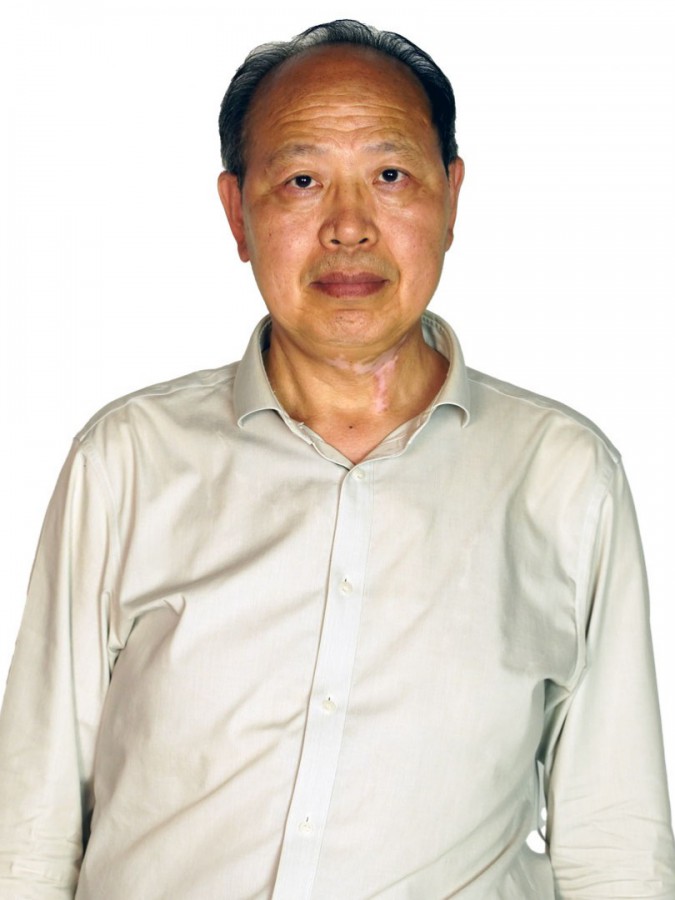abstract
Luminescent solar concentrators (LSCs) appear as candidates to enhance the performance of photovoltaic (PV) cells and contribute to reduce the size of PV systems, decreasing, therefore, the amount of material needed and thus the cost associated with energy conversion. One way to maximize the device performance is to explore near-infrared (NIR)-emitting centers, resonant with the maximum optical response of the most common Si-based PV cells. Nevertheless, very few examples in the literature demonstrate the feasibility of fabricating LSCs emitting in the NIR region. In this work, NIR-emitting LSCs are reported using silicon 2,3-naphthalocyanine bis(trihexylsilyloxide) (SiNc or NIR775) immobilized in an organic inorganic triureasil matrix (t-U(5000)). The photophysical properties of the SiNc dye incorporated into the tri-ureasil host closely resembled those of SiNc in tetrahydrofuran solution (an absolute emission quantum yield of similar to 0.17 and a fluorescence lifetime of similar to 3.6 ns). The LSC coupled to a Si-based PV device revealed an optical conversion efficiency of similar to 1.5%, which is among the largest values known in the literature for NIR-emitting LSCs. The LSCs were posteriorly coupled to a Si-based commercial PV cell, and the synergy between the t-U(5000) and SiNc molecules enabled an effective increase-in the external quantum efficiency of PV cells, exceeding 20% in the SiNc absorption region.
keywords
EMISSION QUANTUM YIELD; SILOXANE-BASED HYBRIDS; SILICON PHTHALOCYANINE; OPTICAL-PROPERTIES; NAPHTHALOCYANINE; EFFICIENCY; DOTS; AGGREGATION; FILMS; PHOTOVOLTAICS
subject category
Science & Technology - Other Topics; Materials Science
authors
Rondao, R; Frias, AR; Correia, SFH; Fu, LS; Bermudez, VD; Andre, PS; Ferreira, RAS; Carlos, LD
our authors
acknowledgements
This work was developed within the scope of the project CICECO-Aveiro Institute of Materials, POCI-01-0145-FEDER-007679 (Fundacao para a Ciencia e a Tecnologia FCT, ref UID/CTM/50011/2013), financed by national funds through the FCT/MEC and when appropriate co-financed by FEDER under the PT2020 Partnership. Financial support by FCT (PTDC/CTM-NAN/4647/2014 and POCI-01-0145-FEDER-016687) is also acknowledged. A.R.F. and S.F.H.C. thank FCT for PhD grants (PD/BD/114454/2016 and SFRH/BD/91263/2012, respectively). R.R.. thanks Cristina Goncalves from the Chemistry Department and CQ-VR of University of Tras-os-Montes and Alto Douro for help with the synthesis of hybrid materials.







